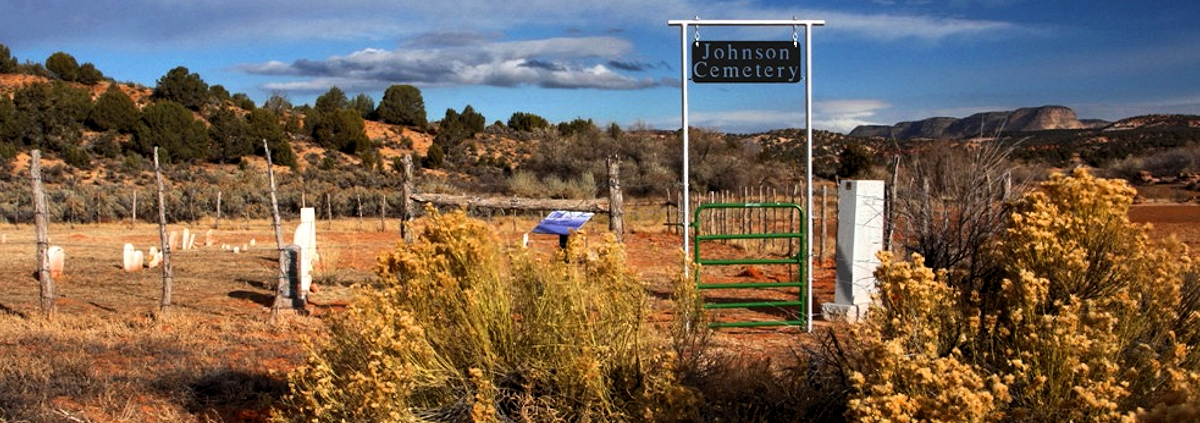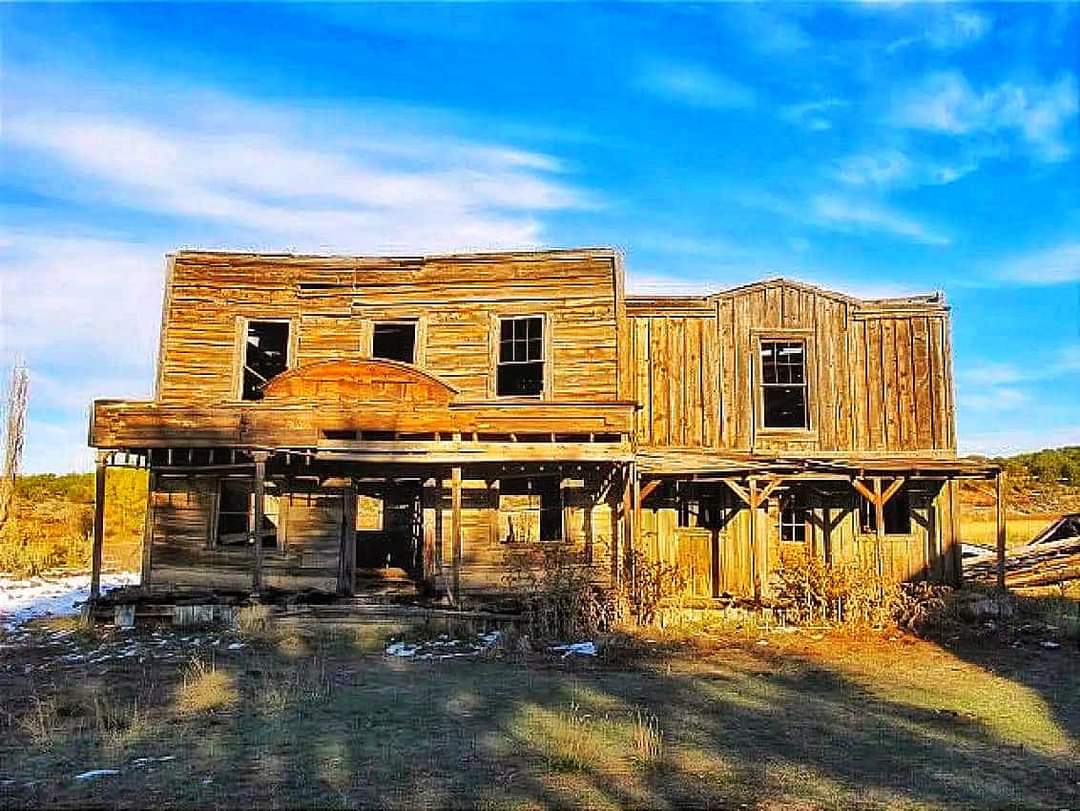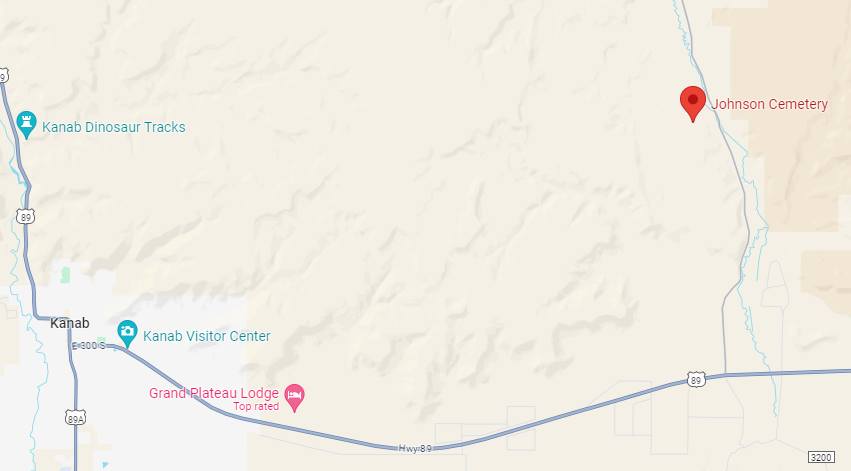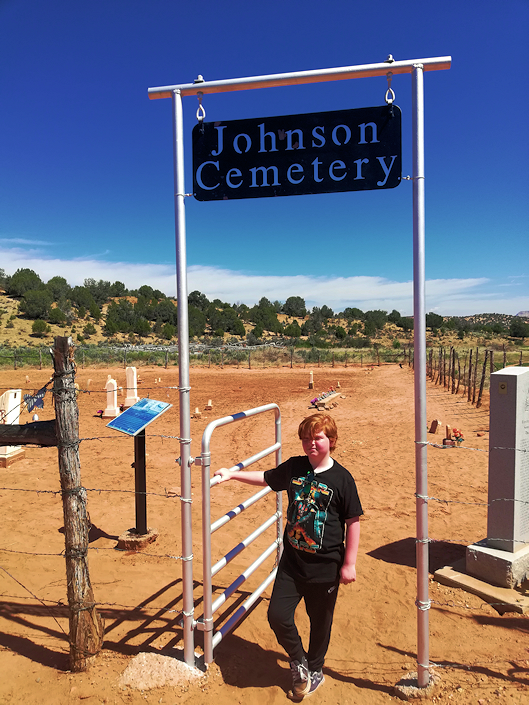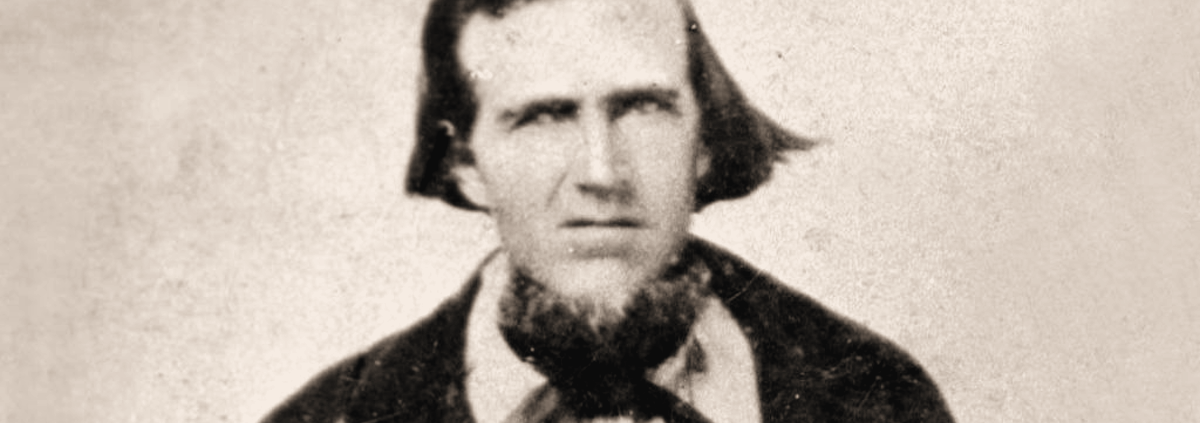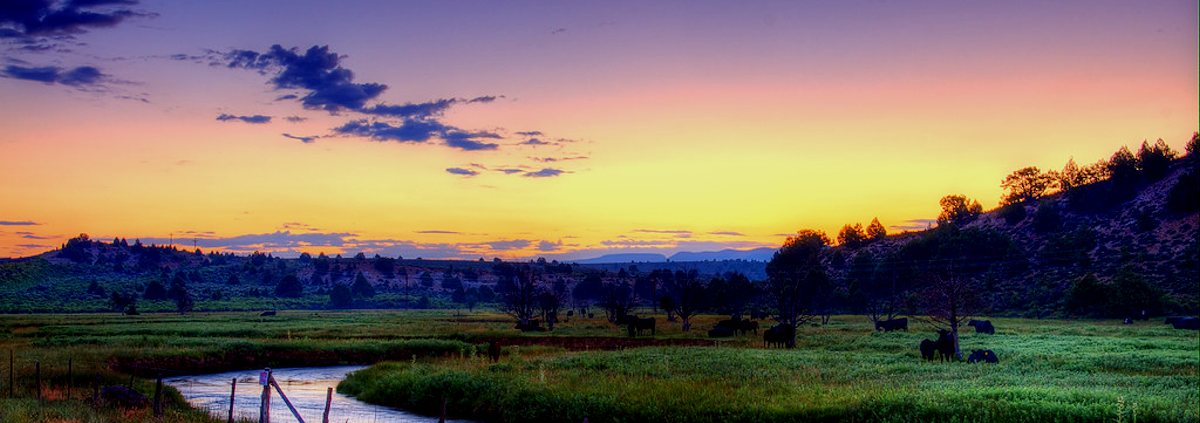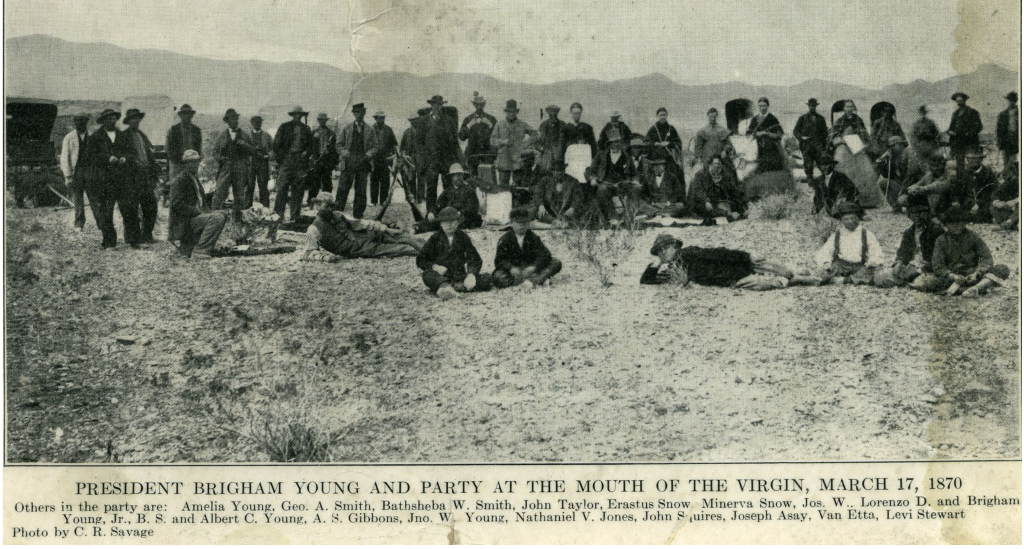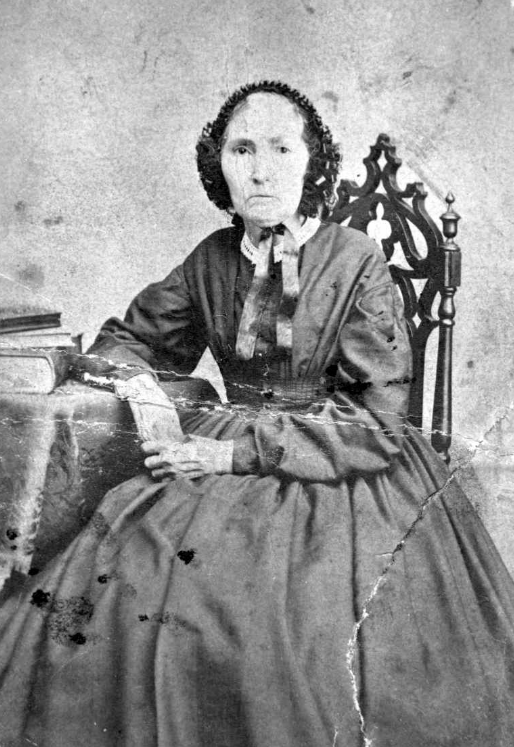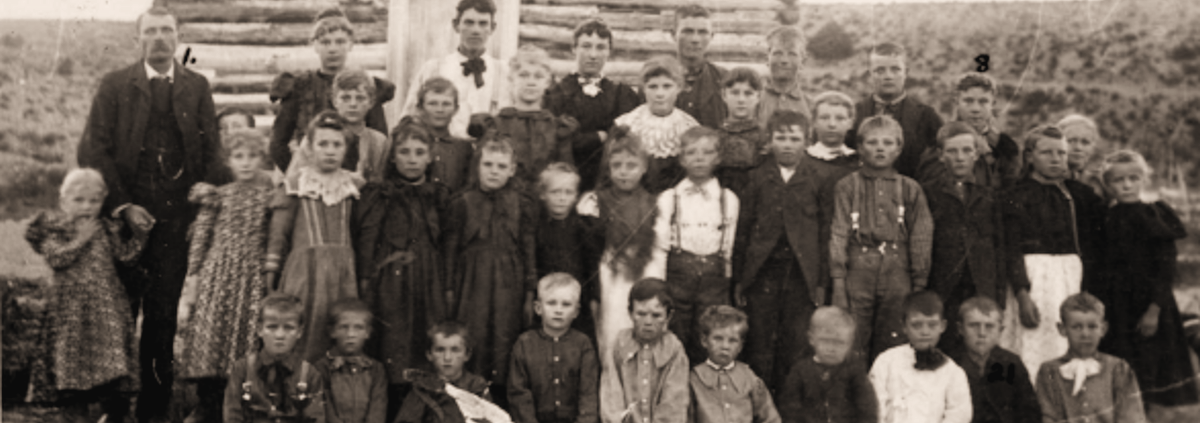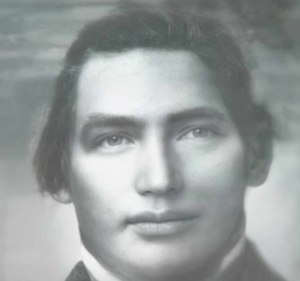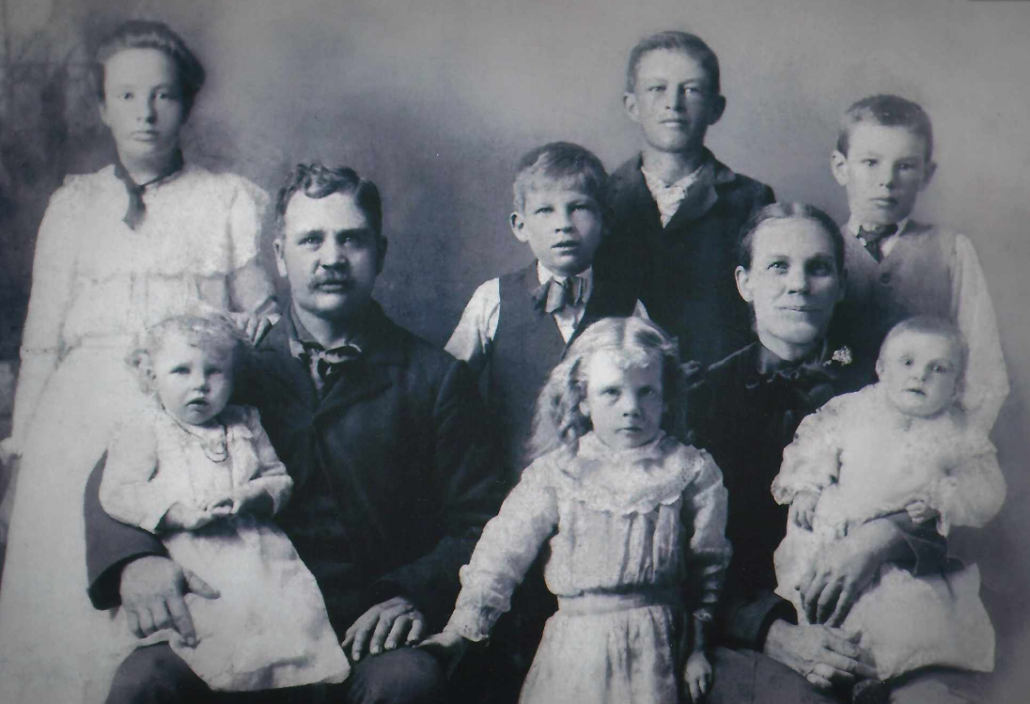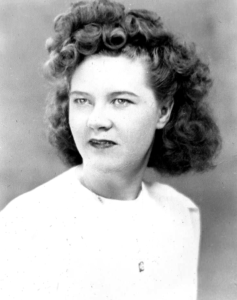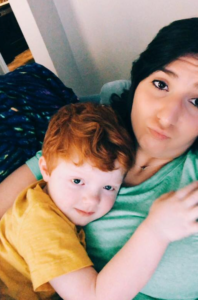The Town of Johnson
We have known for a long time that Damon’s two great grandfathers – Joel Hills Johnson and Edwin Ruthven Westover – were laid to rest in the same place. That place has a history all of its own.
Not long after Jacob Hamblin established Fort Kanab Joel Hills Johnson was instructed by Brigham Young to build a settlement with his four brothers some 12 miles east of Kanab. The Johnsons explored the area and found a meadow with access to water that they felt could support a new settlement. All four brothers moved family members there and within a short time the settlement seemingly flourished.
The productivity capacity of the Johnson family cannot be understated. They were working several communities all over Southern Utah all at the same time. How could they do this? Our video explains:
Unlike the other communities associated with Joel Johnson the town of Johnson did not survive. After a few decades as the settlers died off or moved away the town died and the post office was pulled. Other folks moved in to ranch and at one time a near-by meadow was used as a movie set for Hollywood westerns set in the area. There remains – just barely – a set that was famously used for the television series Gunsmoke
The Johnson cemetery is about all that remains to tell the Johnson family story. What a story it is though!
The cemetery is easy enough to find. Just take Highway 89 east from Kanab for about 12 miles and hang a left on Johnson Canyon Road. The cemetery is about 4.5 miles up the highway on the left. There is a home with several cows in a field to the south immediately next to it. Just beyond the house is a small gate, usually open during the summer months, that has a rutted, sandy path to the cemetery. The cemetery is visible from the gate.
Taking Damon to Johnson Cemetery checks off a big bucket list item for me. I’ve felt impressed to get him there for the longest time and I think this was the right age to do it. He’s just a sponge when it comes to family history right now and I believe that having two great grandfathers from separate lines of his heritage is quite a story.
The research on the sons of Joel Johnson was shocking. Of course, we knew that Damon’s great grandfather Seth Johnson, needed a review. But we just didn’t expect his connection to Hatch. There’s no way he didn’t know every Barnhurst and Riggs family in Hatch. Just impossible. Didn’t expect anything like that.
But the histories of Nephi Johnson and Sixtus Johnson (which has to be one of the greatest-ever names of the Old West) to be as connected and interesting. These were good men who did so much in pioneering Southern Utah. I think the odds of all of our family members, including the Westovers, of knowing them are really high. In all, this is a VERY big story overall on all sides.
It ended up, as it usually does, a bigger story than we all imagined. The continual stream of family connections on nearly all sides in Southern Utah just seems endless. We have several videos yet to make and many more discoveries to share.
